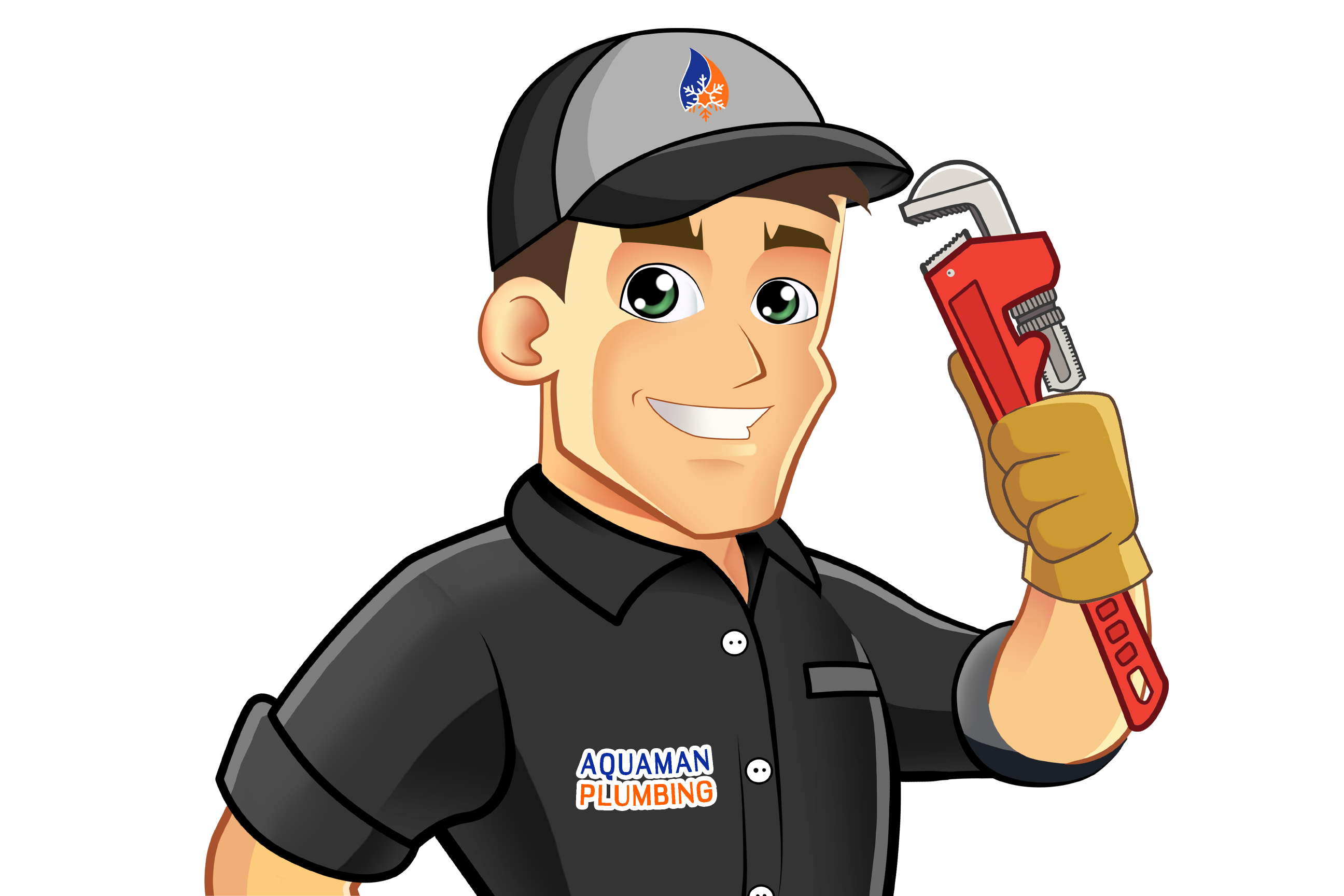The Plumbing Systems of Buildings in Canada: Connecting to Main Water and Sewer Lines
One of humanity’s fundamental needs, not just in Canada but worldwide, is access to clean water and effective waste removal systems. From the dawn of civilization, water has been a critical necessity for survival, followed closely by systems to safely manage human waste. Without water, a person can only survive about three days, and the ability to relieve oneself becomes a pressing need within an hour.
This primal necessity has driven humanity to improve potable water and sewage systems for millennia. In Canada, these systems have evolved into some of the most advanced in the world, ensuring comfort and convenience for its residents. Plumbers in Canada hold a highly respected and valuable position in society due to their role in building and maintaining these systems, often enjoying substantial incomes as a result.
The Six Stages of Plumbing Systems in Canadian Homes
The plumbing systems in Canadian homes are meticulously planned and executed, involving collaboration between municipalities and licensed professional plumbers. These systems typically consist of six key stages: 1. Municipal Potable Water Lines These are installed and maintained by city authorities or approved contractors working under municipal supervision. 2. Connection to Residential Water Supply Municipal water lines are connected to individual homes by licensed plumbers. They install the main water supply lines up to the home’s water meter, ensuring compliance with safety and operational standards. 3. Municipal Sewer Lines Main sewer lines, responsible for the removal of wastewater, are installed by municipal authorities or contracted companies specializing in such infrastructure. 4. Residential Sewer Connections Licensed plumbers connect these main sewer lines to homes, ensuring a secure and leak-proof system for wastewater removal. This process is closely regulated by municipal authorities. 5. Rainwater and Stormwater Drainage Systems to manage rainwater, melted snow, and other clean water sources are installed by municipal teams or authorized contractors. 6. Interior Stormwater Management Systems Licensed plumbers install internal systems such as storm drains, sump pumps, and weeping tiles, connecting them to the exterior drainage infrastructure.
The Role of Plumbers in Canadian Society
Plumbers in Canada are vital not only for maintaining water and sewage systems but also for ensuring public safety and comfort. Their expertise extends beyond basic plumbing, encompassing:
• Installing and maintaining underfloor heating systems, radiators, and other hydronic heating solutions.
• Setting up advanced cooling systems for residential and commercial buildings.
• Designing and maintaining fire suppression systems to protect lives and property.
These professionals are regarded as some of the most intelligent and skilled tradespeople in Canada. By ensuring the proper functioning of essential systems, they provide Canadians with peace of mind and contribute to the nation’s overall well-being. Their work is indispensable, making them unsung heroes who safeguard both lives and property every day.
In essence, plumbers in Canada are not just technicians; they are custodians of health, safety, and comfort, playing an irreplaceable role in maintaining the quality of life across the country.

• Urban Water Supply System
• Urban Wastewater System or Urban Sewerage System

green represents wastewater (sewage),
yellow represents the vent system,
blue indicates domestic cold water,
and red indicates domestic hot water.

This diagram from a plumbing reference book illustrates the connection of domestic cold water,
wastewater (sewage), and storm drainage systems to the municipal main infrastructure

 then 'Add to home screen'
then 'Add to home screen' then 'Add to home screen'
then 'Add to home screen'

No comment